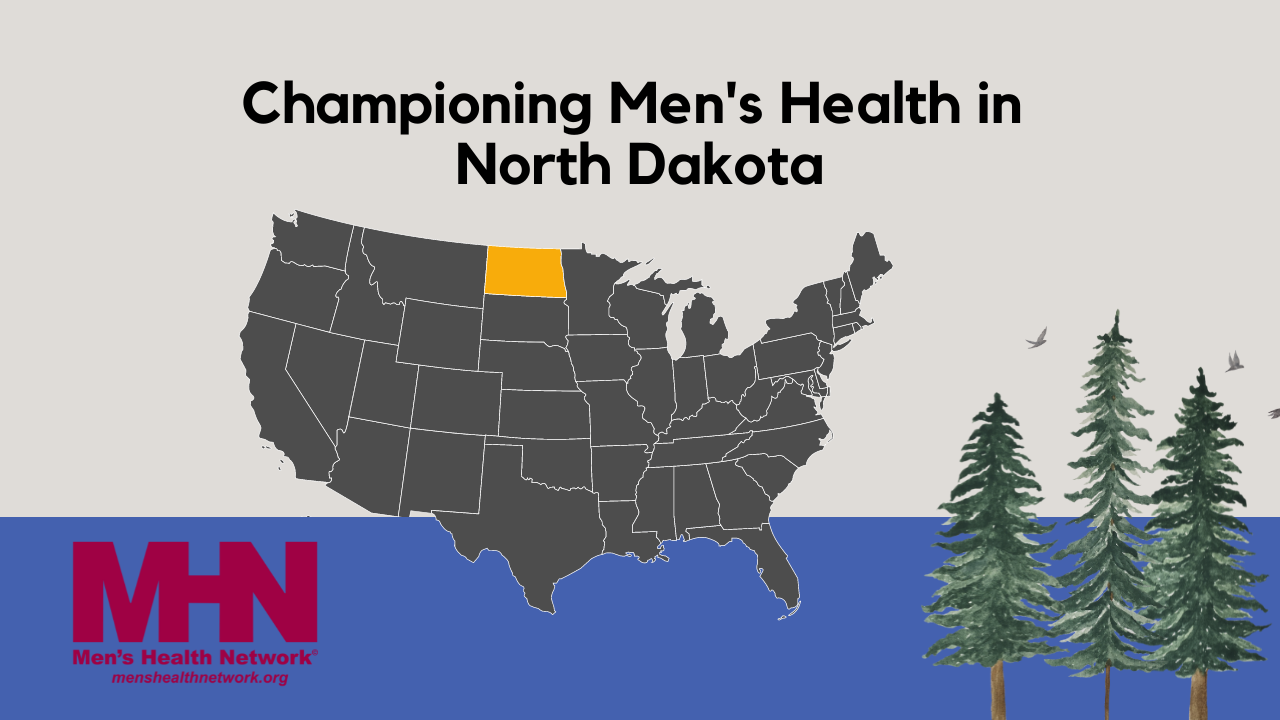Amid all the largely disconnected discussions about angry white males, stagnant wages and inequality, fatherless families, and polarized politics, several striking linkages among these issues have largely gone unnoticed.
Tens of millions of white men have been expelled or checked out from mainstream American life – a reality with profound consequences for our economy, our children and families, our civic life, and our politics.
At least 20 percent of the nation’s 90 million white men have been pushed to the sidelines, either retreating or storming out of the mainstream of American life. They are not the men you see at work, who play with their children, go out with their wives or partners, are involved in their communities, and earn a living to save for their children’s education and their own retirement. What they do doesn’t register in either the gross domestic product or in the glimmer of a child’s eye.
Many of them are mad as hell. They have good reason to be angry, although their venom all too often is turned on scapegoats: women, immigrants, government, African Americans, and Latinos. Extremist, non-mainstream candidates have tapped these wells of anger, but most analyses stick to economics and politics, failing to see the many factors buffeting a sizable chunk of white male America.
We know that they are out there. But they don’t fit old stereotypes of failure, so we’ve had trouble coming to grips with who they are or naming the problem. Parts of their stories have garnered significant attention, but we don’t see that what have been treated as separate problems are closely related. To paraphrase Bob Dylan, “Something is happening, but [we] don’t know what it is.”
The following ten statistics about these seemingly unrelated phenomena are intriguingly suggestive of a broader story and the scale of that story:
- Today, fewer than seven out of ten American men work; in the 1950s, nine out of ten worked.
- Since the 1970s, inflation-adjusted incomes for the bottom 80 percent of men have fallen, with the most dramatic declines occurring among the bottom 40 percent, most of whom have less than a college education.
- Today, just half of men are husbands; in 1960, three-fourths of men (and women, of course) were married.
When Barack Obama left office, only two out of three children lived with their fathers; when John Kennedy was elected President, nine out of ten children lived with their fathers.
Today, 43 percent of 18-to-34-year-old American men live with their parents (compared to 36 percent of Millennial women); in 1960, about 28 percent did.




